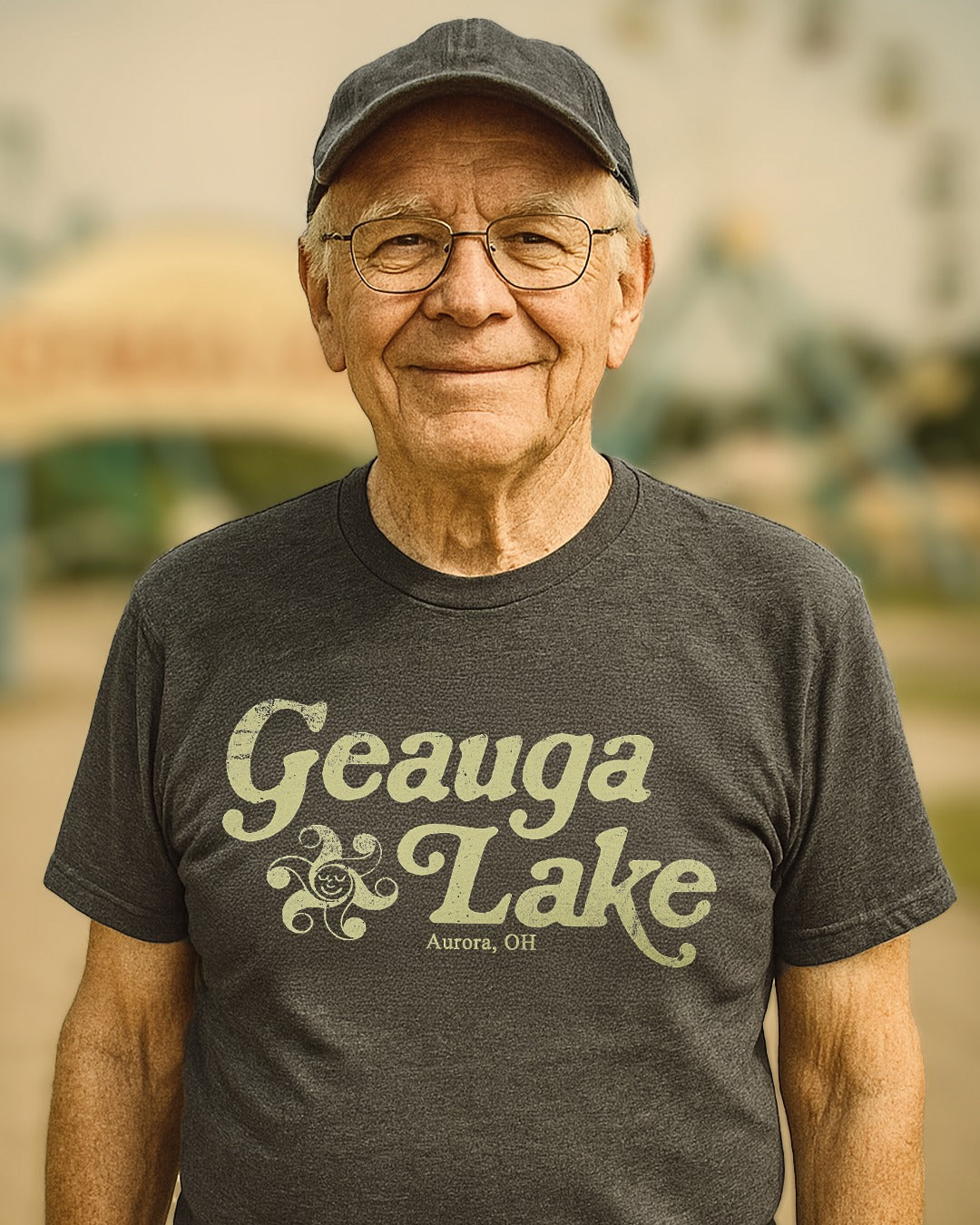For a team that played in town for only two seasons, The Spirits of St. Louis are fondly remembered by the area’s sports fans. It may be due to the unusual name, the team’s colorful and interesting cast of characters on and off the court, it’s unusual demise, or likely all of these and more.
The team began in 1967 as the Houston Mavericks, one of 11 charter members of the American Basketball Association (ABA). After two years in Houston, the team moved to North Carolina and were rebranded as the Carolina Cougars. Based in Greensboro, NC, they also played home games in Charlotte, Raleigh, and Winston-Salem.
In 1974, talk of an ABA merger with the National Basketball Association (NBA) began heating up. With that deal appearing imminent, it was determined that the Cougars, a regional team playing in several small cities, would not be invited to join the NBA. A similar situation befell the Virginia Squires.
The Cougars were sold to brothers Ozzie and Daniel Silna, moved to Missouri, and renamed the Spirits of St. Louis. The brothers' original plan was to get an NBA expansion franchise but figured with the merger coming, this would be an even better path. Sadly, it turned out to be a very rough road for the brothers at first. Ultimately, it became very lucrative.
Although the Spirits notched a 32-52 record in their first season in St. Louis, the team was quite talented, led by power forward/center Marvin Barnes. Moses Malone, Maurice Lucas, Don Chaney, and M.L. Carr were also on the team. Despite their unimpressive regular season record, the Spirits managed to make it to the second round of the playoffs in 1975, losing to the eventual champions, the Kentucky Colonels. The Spirits radio play-by-play man, by the way, was a young broadcaster named Bob Costas in his first professional gig out of Syracuse University.
Unfortunately, the team’s biggest star, Barnes, led a tumultuous life off the court, leading him to be nicknamed “Bad News Barnes.” Several other players got mixed up in Barnes’ lifestyle, to the detriment of the team. Future Philadelphia 76ers star Julius “Dr. J.” Erving, who at the time was playing in the ABA with the New York Nets, noted the Spirits were very talented but also self-destructive.
In the front office, there was a whole different set of challenges. The team drew poorly, often only getting around 1,000 fans to turn out at the old St. Louis Arena (later called the Checkerdome). Still, the Salinas worked on the merger plan with their fellow owners whose ranks were quickly diminishing. During the 1974/75 season, there were 10 teams in the ABA. By the fall of 1975, there were only seven.
The Silnas, knowing at least one surviving team would be left out of the merger, devised a unique plan. The team not included would get 1/7 of the TV revenue of the teams that would be allowed to join the NBA. The Salinas figured six teams, including theirs, would join the NBA.
At the end of the season of the 1974/75 season, the Virginia Squires folded, leaving six teams. In May, the Salinas, convinced St. Louis could not support a pro basketball team, announced the franchise would be moving to Utah and renamed the Rockies. A month later, the merger deal was set and as it turned out, the NBA was only willing to take four ABA teams: The Indiana Pacers, San Antonio Spurs, Denver Nuggets, and the New York Nets. Those teams would have to figure out what to do with the Kentucky Colonels and the former Spirits, now the Utah Rockies.
The Colonels were paid $3.2 million in compensation, which owner John Y. Brown used to buy a stake in the NAB’s Buffalo Braves. The Salinas brothers did not want a buyout. Instead, the insisted their original plan be adopted, and that they receive 1/7 of the TV revenue of the Pacers, Spurs, Nets, and Nuggets, all of whom balked.
The Salinas convened a meeting in New York in which their attorney essentially locked the other owners in his office, turned off the air conditioning, and refused to let them leave until they relented, which they eventually did.
At the time, the deal wasn’t that spectacular. There was a 3-year moratorium on the former ABA clubs getting TV revenue. Also, the NBA wasn’t nearly the behemoth it would become in the 1980s and beyond.
Another deal would have had the Salinas buying the Kentucky Colonels from Brown and moving them to Buffalo, while the Braves would then move to South Florida, but that fell through. In the end, the four agreed upon teams went to the NBA and the Salinas got their slice of the TV revenue that they sought.
The Salinas also figured they’d eventually get an expansion franchise, and their efforts were championed by eventual NBA commissioner David Stern. However, hurt feelings and grudges held by some NBA owners prevented the Salinas from getting a team. Instead, they continued to collect that TV revenue money which wound up being worth a half a billion dollars after the deal was restructured in 2014.
St. Louis, of course, would not get another pro basketball team and indeed is seldom mentioned as a site for future NBA relocation or expansion. Much like fellow river cities Cincinnati and Pittsburgh, college basketball is a such a big draw, an NBA team would likely have trouble establishing a significant following.
You can hear an interview with Dan Forer, who made a documentary about the Spirits for ESPN called Free Spirits, on the Good Seats Still Available Podcast.



